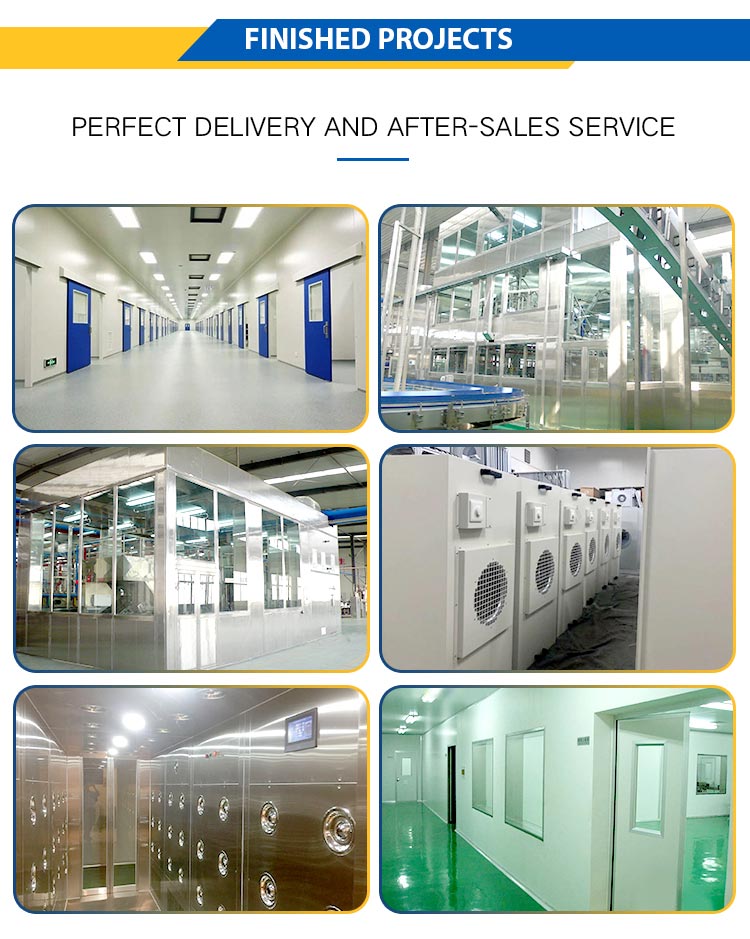Determine the air volume of the clean room with non-unidirectional flow
1, the principle of clean room air volume determination clean room air volume determination includes air supply volume, return air volume, exhaust air volume and new air volume. These air volumes mainly depend on cleanliness requirements and temperature and humidity requirements. Therefore, the air supply volume of the clean room can be compared according to the following two values, and the maximum value is taken.

(1) The air volume determined by the amount of dust emitted by the dust load is used to ensure the cleanliness level of the room.
(2) The air volume determined by the heat and humidity load is used to ensure the indoor temperature and humidity.
For clean rooms, the air volume required from cleanliness is often much greater than the air volume required by temperature and humidity requirements, and through air conditioning treatment techniques (such as two return air), both cleanliness and temperature and humidity can be met. In addition, from the air balance in the room, the air supply volume must be greater than the local exhaust air volume.
2. New air volume The new air volume of the clean room should not be less than the maximum of the following three air volumes.
(1) Ensure the fresh air volume of 30~40m³/h for each person indoors.
(2) The new air volume needed to compensate the exhaust air volume of local equipment and maintain the positive pressure value.
(3) Based on experience, maintain a certain fresh air ratio of the purification air conditioning system, which is 15% ~ 30% for non-unidirectional flow clean rooms and 2% ~ 4% for unidirectional flow clean rooms.
The determination of fresh air volume and its relationship with air supply volume can be seen in Figure 27.7-1.
3. Air volume calculation in a non-unidirectional flow clean room According to the system model of a non-unidirectional flow clean room shown in FIG. 27.7-2, the calculation formula can be derived as follows based on the principle of balance between the amount of dust entering and leaving the clean room:
For general clean rooms, all the parameters related to dust particles in the above equation refer to the dust particles ≥0.5μm. For example, if the efficiency of high efficiency filter is coarse effect filter of medium effect filter of glass fiber, if the atmospheric dust degree is 10 6 times /L, the system fresh air ratio (1-S) is 30%, and different volume dust volume, the N-K relation curve can be made, as shown in Figure 27.7-3. Of course, the indoor sediment concentration N can also be detected from the clean room air volume by using Figure 27.7-3, because another form of Equation (27.7-2) is.